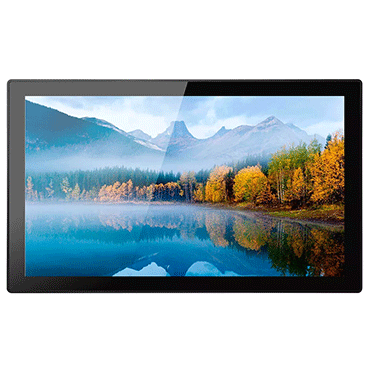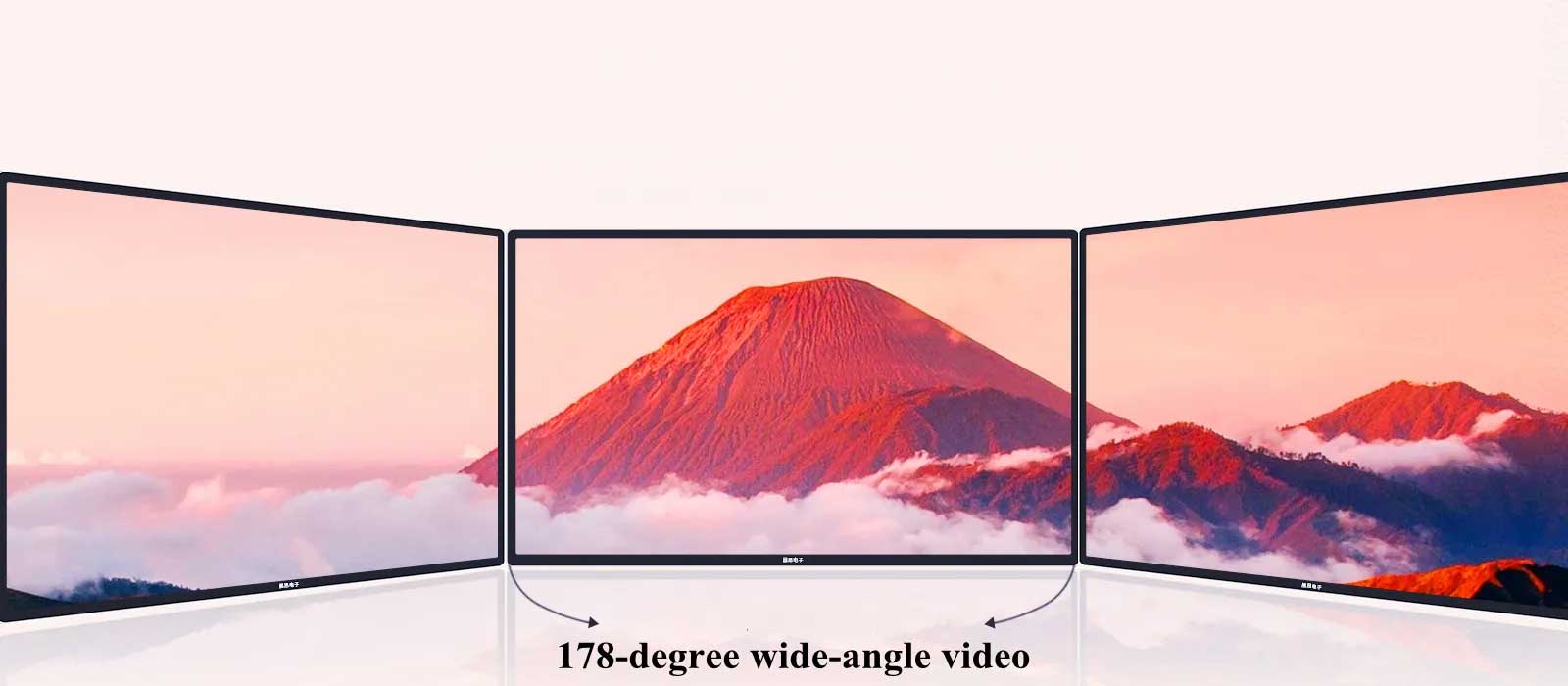
LCD is short for Liquid Crystal Display. The structure of LCD is to place liquid crystal in two parallel pieces of glass. There are many small vertical and horizontal wires in the middle of the two pieces of glass.
Its working principle is that the basic principle of the screen can be displayed is to fill liquid crystal material between two parallel plates, through the voltage to change the arrangement of liquid crystal material internal molecules, in order to achieve the purpose of shading and light transmission to display different shades, scattered image, and as long as the two plates plus three color filter layer, you can achieve color image display.
The first characteristic of LCDS is that the liquid crystals must be inserted between two planes with thin grooves to work properly. The slots in the two planes are perpendicular to each other (90 degrees of intersection), meaning that if the molecules in one plane are aligned north-south, the molecules in the other plane are aligned east-west, and the molecules in between are forced into a 90-degree twist. Because light travels in the direction of the molecules, it is also twisted 90 degrees as it passes through the liquid crystal. But when a voltage is applied to the liquid crystal, the molecules rearrange themselves vertically, allowing light to shine straight out without any twisting. The second characteristic of LCD is that it relies on polarized filters and the light itself. Natural light is scattered randomly in all directions. The polarized filters are actually a series of thinner and thinner parallel lines. These lines form a web that blocks any light rays that are not parallel to them. The polarized filter's lines are just perpendicular to the first one, so they completely block the polarized light. Light can only pass through if the lines of the two filters are perfectly parallel, or if the light itself has been twisted to match the second polarized filter. LCDS are made of two polarised filters that are perpendicular to each other, so they should normally block any light that tries to pass through. But because the two filters are filled with twisted liquid crystals, after the light passes through the first filter, it is twisted 90 degrees by the liquid crystal molecules and finally exits through the second filter. Apply a voltage to the liquid crystal, on the other hand, and the molecules rearrange themselves to be perfectly parallel, preventing the light from twisting and thus being blocked by the second filter. In short, the electricity will block the light, no electricity will make the light. Of course, it is also possible to change the arrangement of liquid crystals in an LCD so that light is emitted when it is charged, but blocked when it is not. But since LCD screens are almost always on, only "power up" blocks the light.
Contrast LCD manufacturing selection of control IC, filter and directional film accessories, related to the contrast of the panel, for the general user, the contrast can reach 35:1 is enough, but in the professional field such a contrast level can not meet the needs of users. While CRT monitors can easily achieve 500:1 or higher contrast ratio, only high-end LCD monitors can achieve such a degree. Top-tier brands such as Samsung, Asus and LG in the market can reach the 1000:1 contrast level of LCD displays. However, as the contrast ratio is difficult to be accurately measured by instruments, you need to see it yourself when choosing.

Luminance LCD is a kind of material between solid and liquid, itself is not luminous, need to use additional light source to line. Therefore, the number of tubes is related to the brightness of the LCD. The earliest liquid crystal display only up and down two tubes, the development of the universal type is the lowest four lights, high-end is six lights. Four light tube design is divided into three forms of placement: one is four sides each have a tube, but the disadvantage is that the middle will appear dark shadow, the solution is from the top to the bottom of the four light tube flat arrangement, the last is the "U" type of placement form, in fact, is the two lamp phase generated by two tubes. The actual use of six tube design is three tubes, the manufacturer will three tubes are bent into a "U" shape, and then placed in parallel, in order to achieve the effect of six tubes.
Response time Response time refers to the reaction speed of the liquid crystal display to the input signal, that is, the reaction time of the liquid crystal from dark to bright or from bright to dark (the time of brightness from 10%- >90% or 90%- >10%), usually in milliseconds (ms). To clarify this point, we also start from the human eye's perception of moving images. There is a phenomenon called "visual residue" in human eyes, in which high-speed images form temporary impressions in the human brain. Animations, movies, and even the latest games apply the principle of visual residue, which allows a series of gradual images to be displayed in rapid succession in front of human eyes, thus forming a dynamic image. The acceptable screen display speed is generally 24 pictures per second, which is also the origin of the 24 frames per second playback speed of movies. If the display speed is lower than this standard, people will obviously feel the pause and discomfort of the picture. According to this index, each picture should be displayed for less than 40ms. In this way, for LCD monitors, response time of 40ms becomes a barrier, higher than 40ms monitor will appear obvious screen flicker phenomenon, make people feel dizzy. If you want the image to not flash, you need to be at 60 frames per second.
Viewing Angle The viewing Angle of the LCD is a troublesome problem. When the back light source passes through the polaroid, the liquid crystal and the orientation layer, the output light becomes directional. This means that most of the light is coming straight out of the screen, so when you look at an LCD from a large Angle, you don't see the color that it should be, or even see all white or all black. To solve this problem, manufacturers also began to develop wide-angle technologies. Three popular technologies are TN+FILM, IPS(IN-PLANE-SWITCHING), and MVA(MULTI-DOMAIN VERTICAL alignMENT).

Current article link: https://www.lcdkiosk.com/news/71.html

Tel
